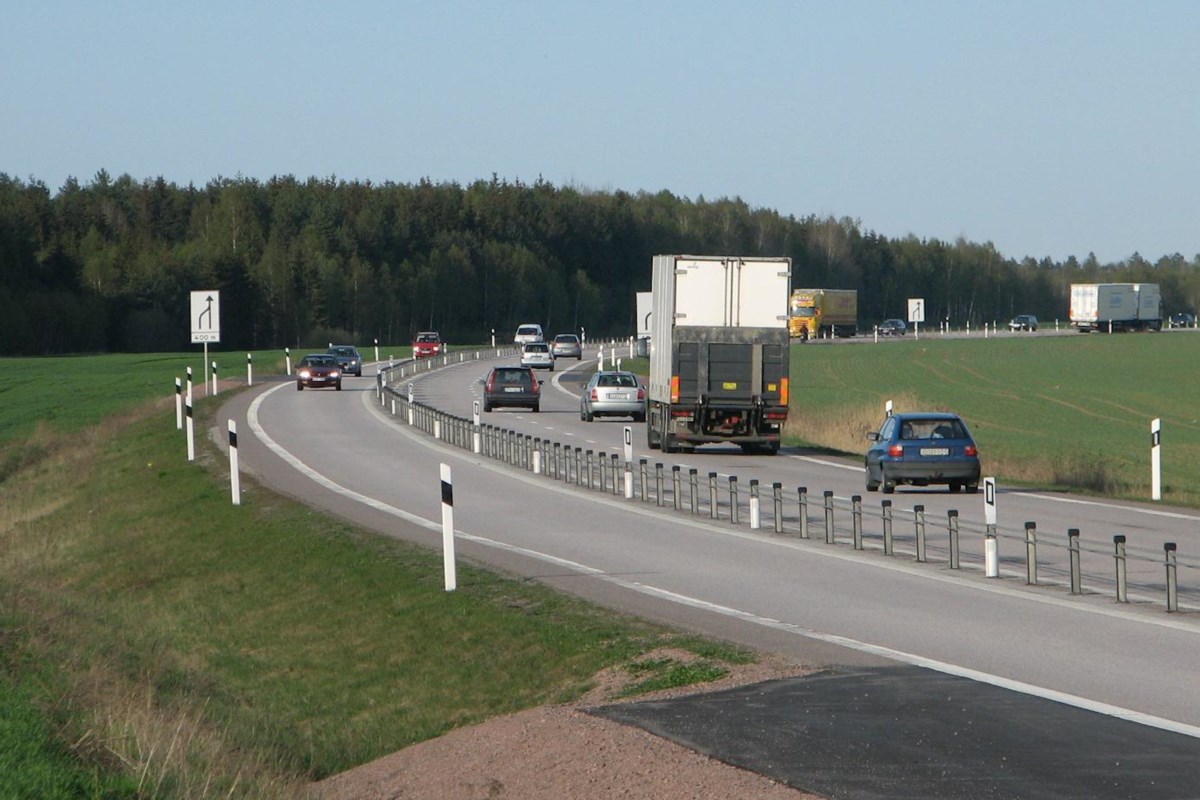The 2 + 1 highway pilot should be expanded across Northern Ontario, says researcher
Ontario should re-consider its plans to continue highway twinning between Kenora and the Manitoba border and between Nipigon and Thunder Bay.
This is just one of the conclusions in Closing the Gap: How 2+1 Roads Can Save Time, Lives, and Taxpayer Dollars, a paper I co-authored for Northern Policy Institute.
Highways in Northern Ontario give residents a lot to worry about. Drivers worry about their safety as they navigate hazardous two-lane roads. Even if they are not the ones involved in an accident, a lengthy road closure following a collision can make residents miss a doctor’s appointment, a visit to town to buy groceries, or their child’s hockey game. And when a crash closes a major commercial transportation corridor like Highway 11 or 17, businesses and consumers must worry about supply chain disruptions.
Most of the highway network in Northern Ontario consists of two-lane roads, which work well in places where traffic volumes are relatively low. But they become slow and dangerous at the traffic volumes seen on many of Northern Ontario’s major highways. The lack of passing lanes on two-lane roads means motorists often become stuck in slow-moving traffic. Far worse, drivers wind up in dangerous head-on collisions when someone enters the opposite lane to attempt a pass.
The problem in Northern Ontario is that many busy roads remain two-laned. At the same time, traffic remains too low to justify the cost of twinning (or four-laning) these roads. Although traffic is too high for the existing two-lane structure. What’s needed is to make these two-lane roads safer but at a lower cost than twinning.
2+1 roads are a solution that meets both criteria.
A 2+1 road has two lanes in one direction and one lane in the other, usually separated by a barrier. The direction of the third lane alternates every few kilometres, allowing for safe passing opportunities. The median barrier on these roads also prevents head-on collisions.
Adopting a 2+1 configuration in place of twinning would allow more kilometres to be upgraded for the same price, and at a faster rate. This road design has already been introduced in countries like Sweden and Ireland.
In Sweden, upgrading two-lane roads to a 2+1 configuration reduced fatal and serious injury collisions by 50 to 80 per cent. Of course, benefits are not limited to improved safety. More passing opportunities and fewer road closures will save road users’ time. Nor are benefits limited to people living in Northern Ontario. The highways here are critical east-west transportation corridors; safer roads in Northern Ontario mean more secure supply chains for businesses across Canada.
Crucially, the costs of introducing 2+1 roads are relatively low.
That is because 2+1 roads can be built on the existing platforms of two-lane roads. Such a characteristic significantly reduces their cost compared to twinned highways that require a second, parallel platform. The Government of Ontario has pledged to pilot 2+1 roads on a section of Highway 11 between North Bay and Temiskaming Shores. Given the strong evidence available from other countries, this pilot should be completed as quickly as possible, or expanded exponentially.
Closing the Gap assesses the case for introducing 2+1 roads in Northern Ontario. It finds that, from a benefit-cost perspective, it would be worthwhile to upgrade many sections of two-lane highways in Northern Ontario to a 2+1 configuration. Specifically, it identifies six roads where a 2+1 configuration makes sense immediately given average traffic volumes:
Highway 17 from Mattawa to Sault Ste. Marie;
Highway 101 between Timmins and Highway 11;
Highway 11 from North Bay to slightly west of Hearst;
Highway 11/17 from Nipigon to Shabaqua Corners;
Highway 17 and 17A from the junction of Highways 17 and 72 to the Manitoba border; and
Highway 6 from Little Current to Espanola.
Ontario, with support from the federal government, should aim to upgrade all six listed sections of highway to a 2+1 configuration within 5 to 10 years.
2+1 roads will save road users’ time. More importantly, they will save road users’ lives. Ontario and Canada could act now to give Northern Ontario’s roads a long-delayed upgrade, and 2+1 roads are the cost-effective option to make this happen.
William Dunstan is Lead Researcher at Northern Policy Institute. An independent, evidence-based public policy research institute with operations in Kirkland Lake, North Bay, and Thunder Bay.
This article was published by: William Dunstan, Northern Policy Institute
Visit the original article here



